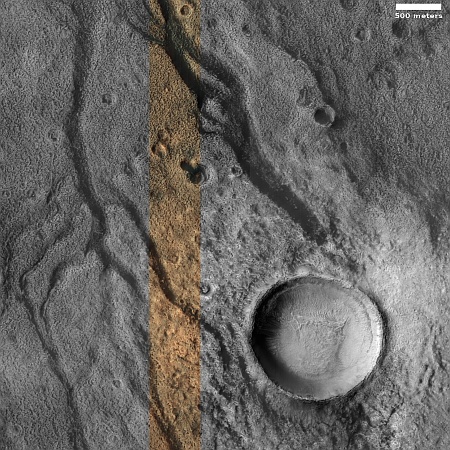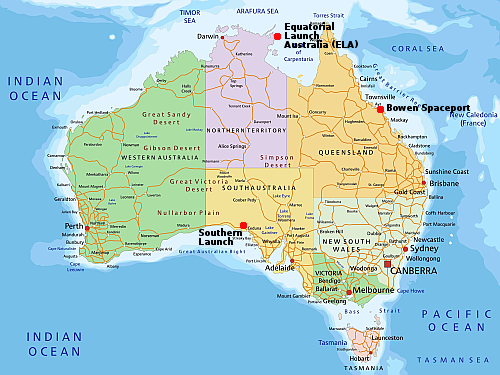NASA denies press reports that Sunita Williams on ISS has health issues
After the Daily Mail in the UK reported that it appeared that Sunita Williams on ISS appeared “gaunt” in recent pictures and might have health issues due to her unexpectedly long stay in space, NASA today issued a denial, stating unequivocally that she “is in good health.”
The pictures used to suggest she is “gaunt” are mostly based on the shape of her face, but this means nothing. Weightlessness shifts things about. The Daily Mail report used the analysis of those photos by a doctor in Seattle.
While the two have put on a positive front in their public comments and interviews, a recent photo tells a different story, according to Dr Vinay Gupta, a pulmonologist and veteran in Seattle. Dr Gupta told DailyMail.com: “What you’re seeing there in that picture is somebody that I think is experiencing the natural stresses of living at a very high altitude, even in a pressurized cabin, for extended periods. Her cheeks appear a bit sunken – and usually it happens when you’ve had sort of total body weight loss,” Dr Gupta added.
“I think what I can discern by her face and her cheeks being sunken in is that [she] has probably been at a significant [calorie] deficit for a while.”
As a general rule, it is considered to be unethical for a doctor to make any diagnosis from a distance based on press reports. Gupta might be right, but more likely he is basing these opinions on very incomplete data. In this case I would generally trust NASA’s denial, especially becauase Williams is a very experienced astronaut who has done previous long missions on ISS.
After the Daily Mail in the UK reported that it appeared that Sunita Williams on ISS appeared “gaunt” in recent pictures and might have health issues due to her unexpectedly long stay in space, NASA today issued a denial, stating unequivocally that she “is in good health.”
The pictures used to suggest she is “gaunt” are mostly based on the shape of her face, but this means nothing. Weightlessness shifts things about. The Daily Mail report used the analysis of those photos by a doctor in Seattle.
While the two have put on a positive front in their public comments and interviews, a recent photo tells a different story, according to Dr Vinay Gupta, a pulmonologist and veteran in Seattle. Dr Gupta told DailyMail.com: “What you’re seeing there in that picture is somebody that I think is experiencing the natural stresses of living at a very high altitude, even in a pressurized cabin, for extended periods. Her cheeks appear a bit sunken – and usually it happens when you’ve had sort of total body weight loss,” Dr Gupta added.
“I think what I can discern by her face and her cheeks being sunken in is that [she] has probably been at a significant [calorie] deficit for a while.”
As a general rule, it is considered to be unethical for a doctor to make any diagnosis from a distance based on press reports. Gupta might be right, but more likely he is basing these opinions on very incomplete data. In this case I would generally trust NASA’s denial, especially becauase Williams is a very experienced astronaut who has done previous long missions on ISS.









